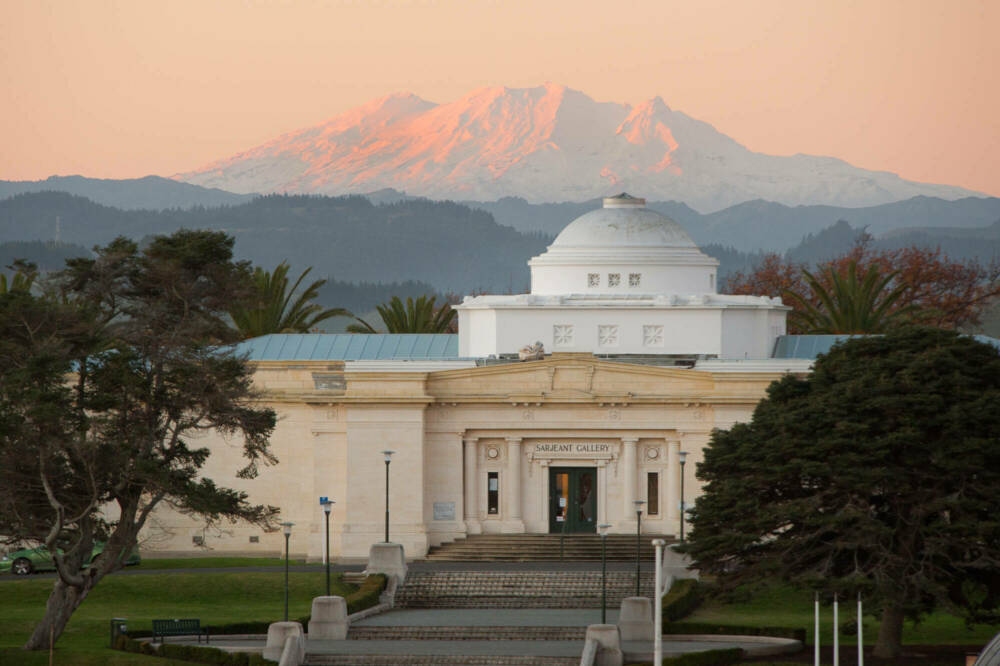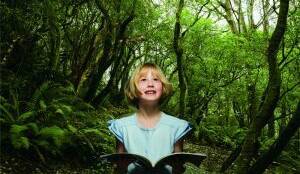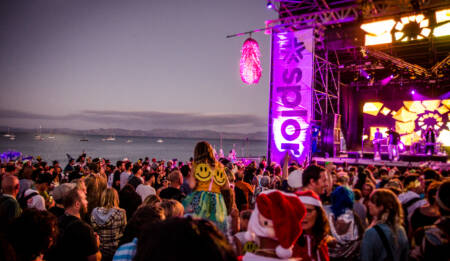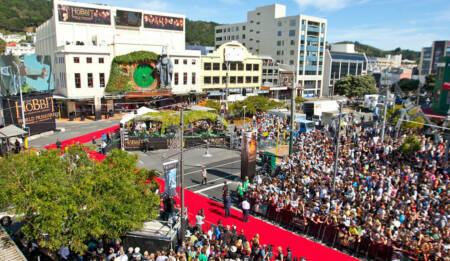UNESCO Creative Cities Network
New Zealand is proud to have four designated UNESCO Creative Cities.
What is a UNESCO Creative City?
The UNESCO Creative Cities Network was created in 2004 to promote cooperation with and among cities that have identified creativity as a strategic factor for sustainable urban development.
The Network is made up of 246 cities – from across the globe – working towards a common objective of placing creativity and cultural industry at the heart of development plans locally and co-operating actively internationally.
It covers seven creative fields: Crafts and Folk Arts, Media Arts, Film, Design, Gastronomy, Literature and Music.
Our UNESCO Creative Cities Network
Dunedin became Aotearoa New Zealand’s first Creative City in 2014, when it joined the Network as a UNESCO City of Literature.
In 2017 Auckland was accepted as a UNESCO City of Music and in 2019, Aotearoa New Zealand gained its third Creative City when Wellington was designated a UNESCO City of Film. Whanganui joined the Aotearoa UNESCO Creative City family in 2021 when it was announced as a UNESCO City of Design.
Aotearoa's current Creative Cities:
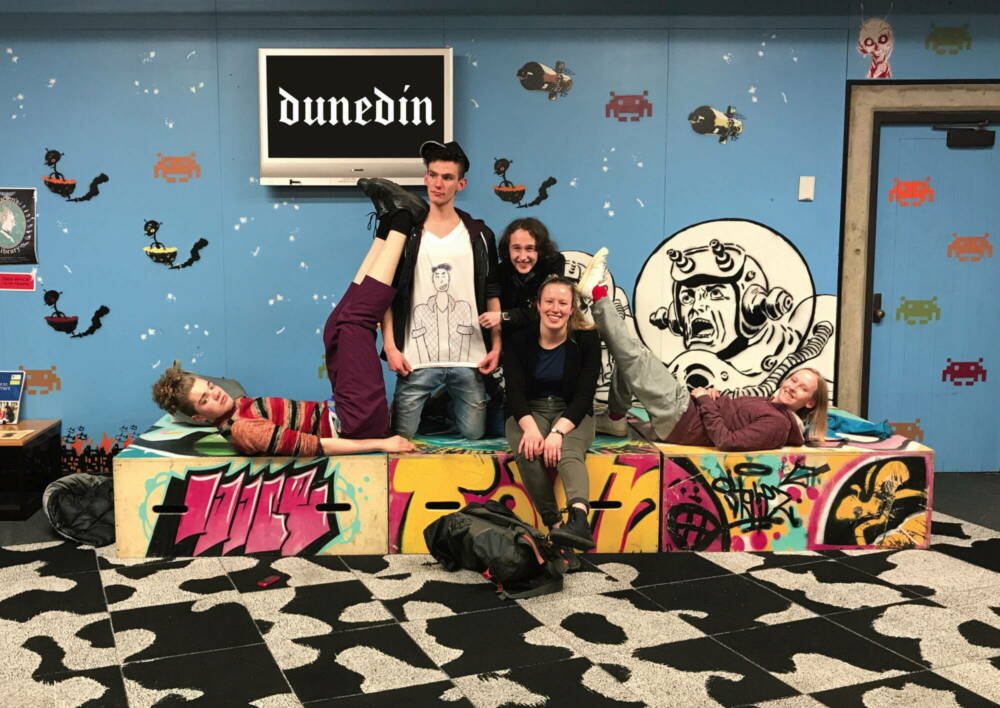
Dunedin City of Literature
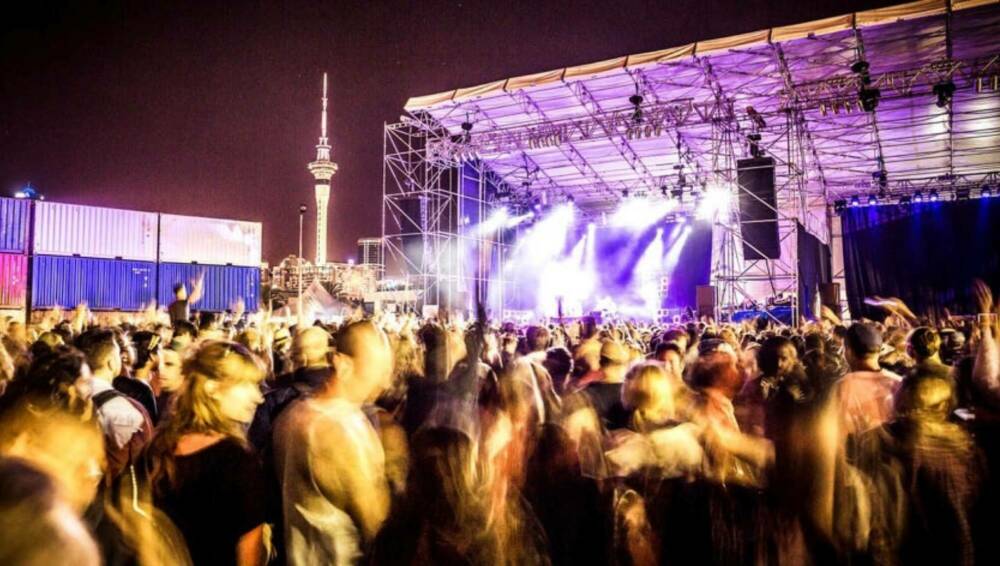
Auckland City of Music
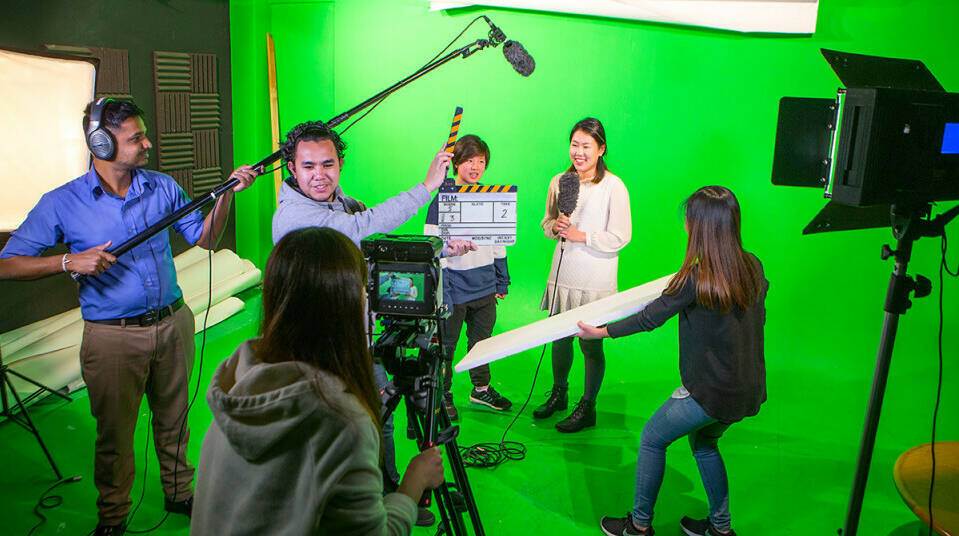
Wellington City of Film
